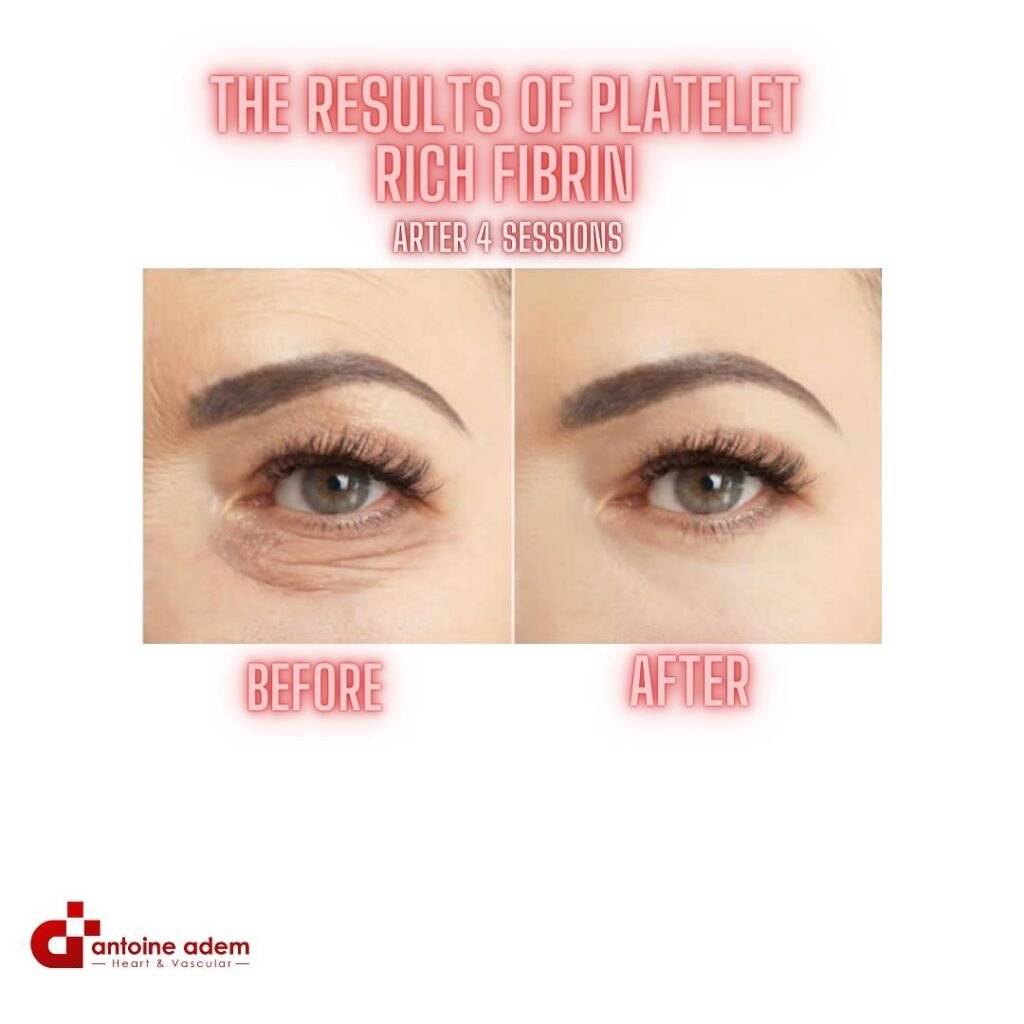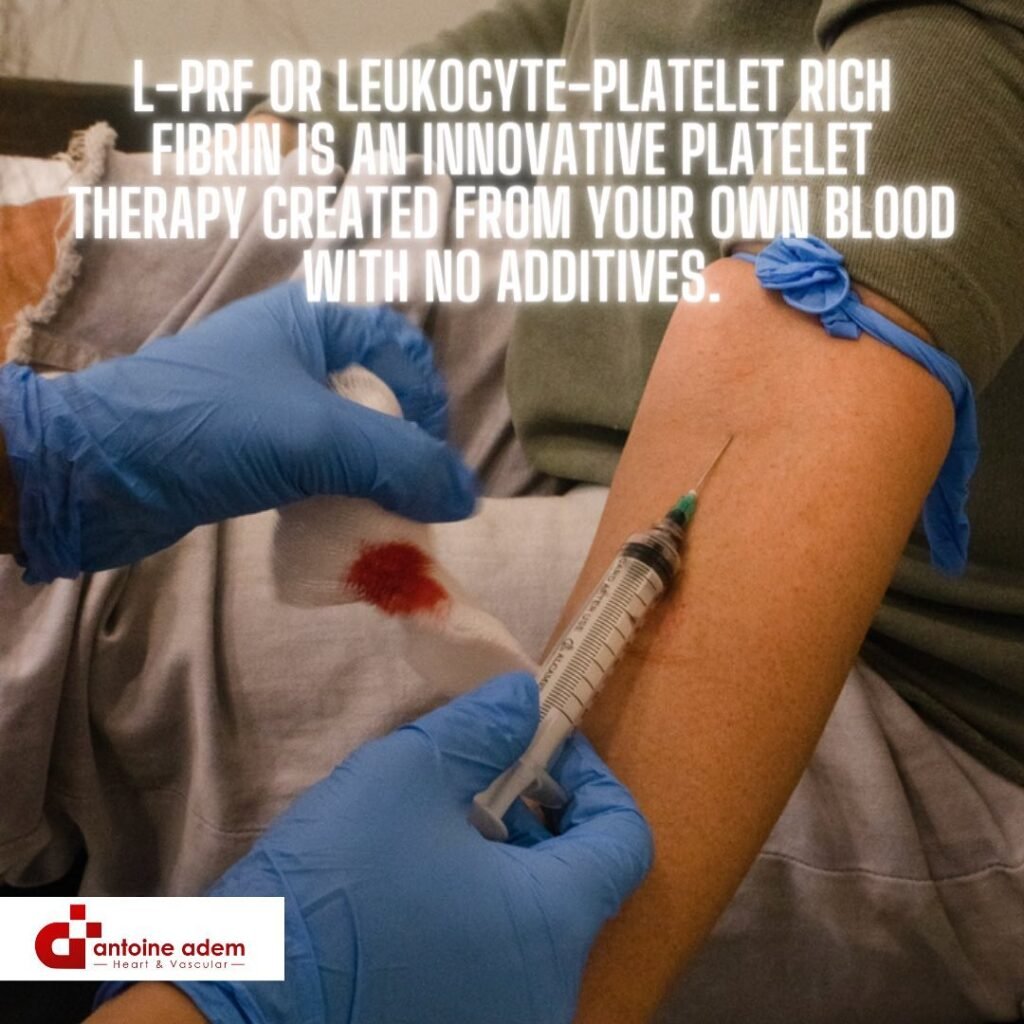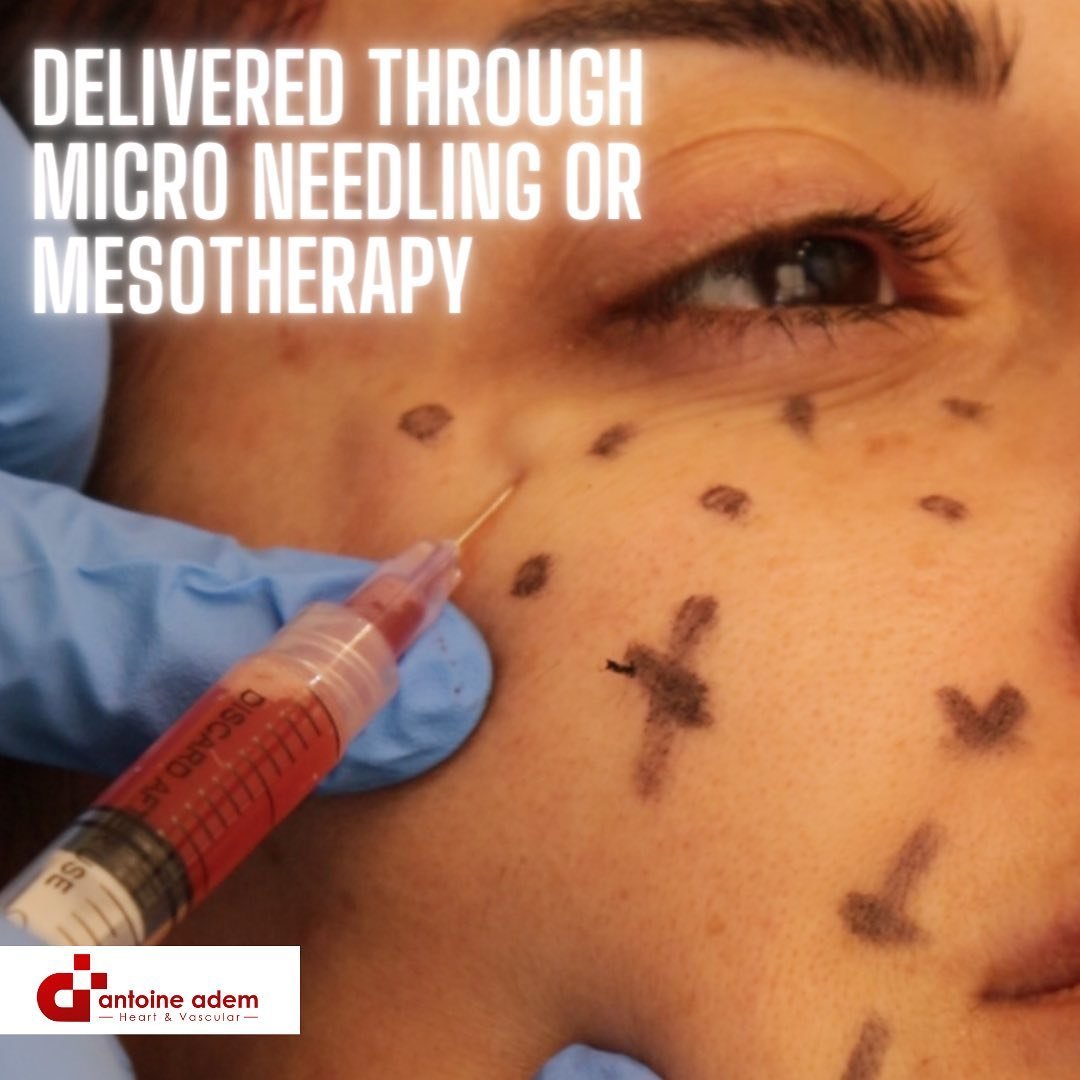
Leukocyte- and platelet-rich fibrin (LPRF) is a type of autologous platelet concentrate that has been gaining popularity in recent years for its potential to stimulate tissue regeneration and accelerate wound healing. LPRF is derived from the patient’s own blood and contains a high concentration of platelets and leukocytes, which are important for the immune response and tissue regeneration. The process of obtaining LPRF involves drawing a small amount of blood from the patient and then processing it to concentrate the platelets and leukocytes into a fibrin clot matrix. This matrix can then be used in various medical and dental applications, such as periodontal and implant surgeries, oral and maxillofacial surgeries, and orthopedic procedures. One of the advantages of LPRF over other types of platelet concentrates, such as platelet-rich plasma (PRP), is that it contains a higher concentration of leukocytes. Leukocytes are important for the immune response and tissue regeneration, and their presence in LPRF may enhance the healing process. Additionally, LPRF has a longer lifespan than PRP and can be molded to fit the shape of the surgical site, allowing for better tissue integration. Several studies have investigated the efficacy of LPRF in various applications. A study published in the Journal of Periodontology found that LPRF improved wound healing and reduced pain and swelling in patients undergoing periodontal surgery. Another study published in the Journal of Maxillofacial Surgery found that LPRF enhanced bone regeneration in patients undergoing maxillofacial surgery. Despite the promising results of these studies, the use of LPRF is still a relatively new procedure, and more research is needed to determine its efficacy and potential side effects. As with any medical procedure, patients should discuss the risks and benefits with their healthcare provider before undergoing LPRF treatment. In conclusion, LPRF is a promising treatment option for tissue regeneration and wound healing. Its high concentration of platelets and leukocytes may enhance the healing process, and its ability to be molded to fit the shape of the surgical site may improve tissue integration. While more research is needed to fully understand its efficacy and potential side effects, LPRF has shown promising results in various medical and dental applications.



